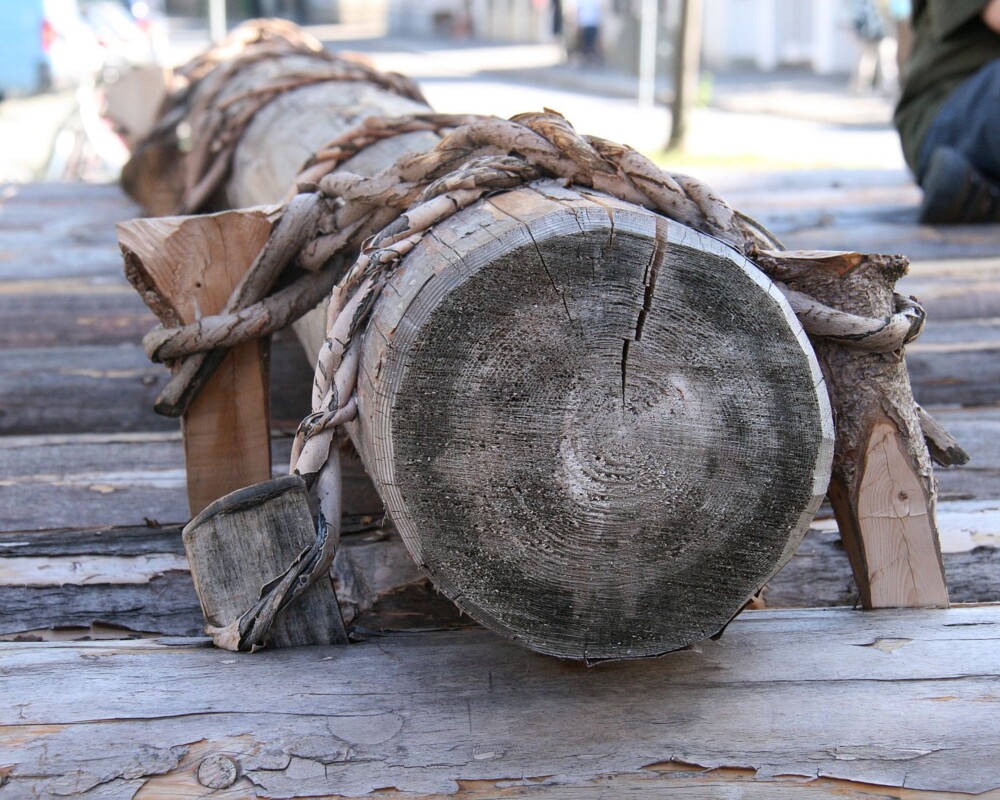Timber rafting
One of the oldest crafts in Lenggries
In the past, it was thanks to timber rafting, that trade with places as far away as Vienna was possible for craftsmen in Lenggries. Therefore, timber rafting was one of the most important industries in Lenggries.
The peak of the timber rafting era was in the second third of the 19th century. In this period, about 10.000 rafts from Lenggries came to Munich each year. Most of the time, the rafts transported construction timber, firewood, lime, as well as people.
The raftsmen installed little wood huts on their rafts to protect themselves from wind and difficult weather conditions. As the raftsmen were all very religious, they also had little portable raft-chapels with them on their journeys. The patron saints of the raftsmen were the Mother of God, Saint Nicholas and Saint John of Nepomuk. Because Saint John of Nepomuk is also the patron saint of bridges, his statue can be found on one of the main bridges in Lenggries.
The biggest load of timber transported to Munich was probably the one with which the truss of Munich’s famous church, the “Frauenkirche” was built. 140 rafts transported 2500 tree trunks to Munich.
Today, the association of woodworkers and raftsmen still cultivates and maintains the culture and tradition of timber rafting in Lenggries.
The local history museum has a special exhibition on timber rafting in Lenggries.
In 2009, the municipality of Lenggries was awarded the title of “village of timber rafting” by The International Timber Raftsmen Association. To celebrate this, a historical timber rafting feast was held in August of the same year.


